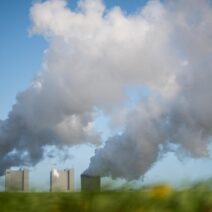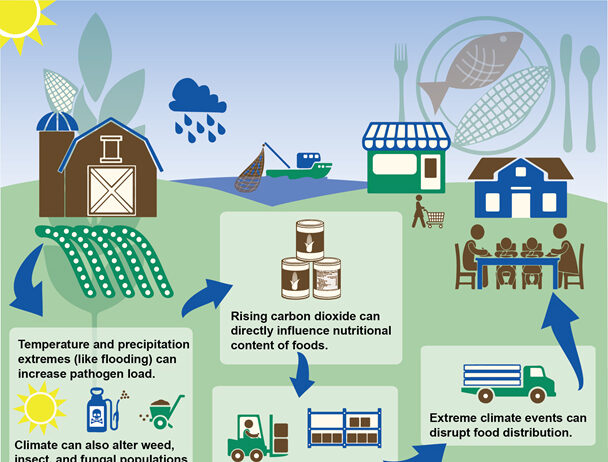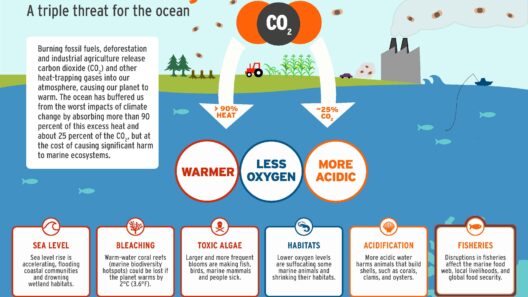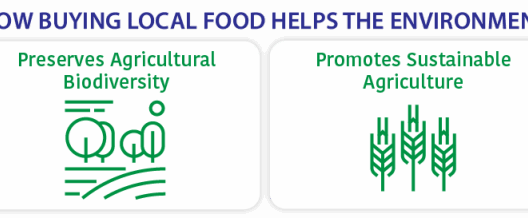As we contemplate the intricate tapestry of our ecosystem, a playful question emerges: Does global warming affect us more than we think? While many acknowledge rising temperatures and erratic weather patterns, the widespread ramifications of climate change often elude our immediate consciousness. This oversight presents a unique challenge—how do we illuminate the intricate connections between climate phenomena and our daily lives? To unravel this perplexing conundrum, it is essential to delve into the multifaceted ramifications of global warming, with particular attention to its impact on human health, the economy, and biodiversity.
Initially, one might consider the most visible effects of global warming: melting polar ice caps and rising sea levels. While these catastrophic events are alarming, they are merely the tip of the iceberg. The true, insidious repercussions of climate change seep into the very fabric of our existence. For instance, consider the myriad ways in which elevated temperatures exacerbate air quality issues. Higher temperatures can lead to increased concentrations of ground-level ozone, a primary component of smog, which poses significant threats to respiratory health. Populations with pre-existing conditions, the elderly, and children are particularly vulnerable. This begs the question: how many individuals are cognizant of the direct connection between their daily air quality and climate change?
Moreover, as we explore the ramifications of shifting climates, we must address the indignities inflicted upon our agricultural systems. Erratic weather patterns disrupt traditional farming practices, leading to diminished crop yields. In many regions, prolonged droughts and increased rainfall can adversely affect food security, driving up prices and exacerbating inequality. The United Nations predicts that climate change may push an additional 100 million people into poverty by 2030. With such staggering projections, one might wonder how this impending crisis has not garnered more urgency within public discourse. Are we somehow complacent regarding the foods we take for granted each day?
As we scrutinize the links between climate change and health, one must also consider vector-borne diseases. The incidence of ailments such as malaria and dengue fever is intricately tied to temperature fluctuations and altered precipitation patterns. Warmer climates not only expand the habitat range of disease-carrying vectors but also lengthen the transmission season. The Centers for Disease Control and Prevention (CDC) indicates a notable increase in the geographical footprint of Lyme disease, once confined to specific regions. Thus, as we become more globally interconnected, the pathogens and pests that accompany climate change can proliferate in unexpected locales. Is our healthcare infrastructure prepared to mitigate these emerging health threats?
Beyond human health, the economic ramifications of climate change warrant close examination. Industries reliant on stable weather conditions, such as agriculture, fishing, and tourism, face unprecedented challenges. In the tourism sector, for instance, global warming threatens both winter sports and summer destinations, altering the picturesque landscapes that draw visitors. Coastal regions may become less appealing due to rising sea levels, prompting a decline in tourism income. A study by the National Oceanic and Atmospheric Administration estimates that reduced recreational fishing opportunities could lead to billions in economic losses. Hence, one might ponder: are policymakers adequately considering the economic fallout of climate change in their planning and development initiatives?
The implications of global warming extend beyond tangible health and economic issues and seep into our collective consciousness as environmental stewards. Biodiversity is at stake, as habitat alteration and species extinction loom ominously on the horizon. The warming of oceans results in coral bleaching, endangering marine ecosystems that rely on these vibrant structures. Terrestrial species are also facing habitat loss, pushing them toward extinction at an alarming rate. Each lost species represents a piece of the intricate web of life that sustains us; thus, a question arises: how many ecosystems must suffer before we realize their irreplaceable value to our survival?
While the consequences of global warming are extensive, the challenge lies in galvanizing collective action. Climate change may seem like a distant threat, an abstract concept relegated to environmentalists and scientists. However, its repercussions are immediate and personal. Concrete actions to reduce carbon emissions, conserve energy, and protect precious natural habitats must be prioritized. This necessitates a paradigm shift, where individuals, communities, and governments champion sustainability. Imagine a world where our choices—whether at the grocery store or the ballot box—echo a commitment to the environment.
Engaging with such questions challenges us to reflect on our responsibility towards the planet and future generations. As we peel back the layers of global warming, we discover that it affects us in profound and often unsettling ways. The interconnectedness of health, economy, and ecology underscores the urgency of addressing climate change holistically. Without collective awareness and concerted efforts, we risk undermining the very foundations of our society.
In conclusion, the inexorable march of global warming necessitates our immediate attention. As we confront its multifaceted impacts, we must remain vigilant and proactive. Our understanding and response to climate change will shape not only our present but also the legacy we leave behind. Thus, we must continually ask ourselves: are we truly aware of how profoundly this issue affects us? Are we prepared to confront the challenges it poses? The time to act is now.








